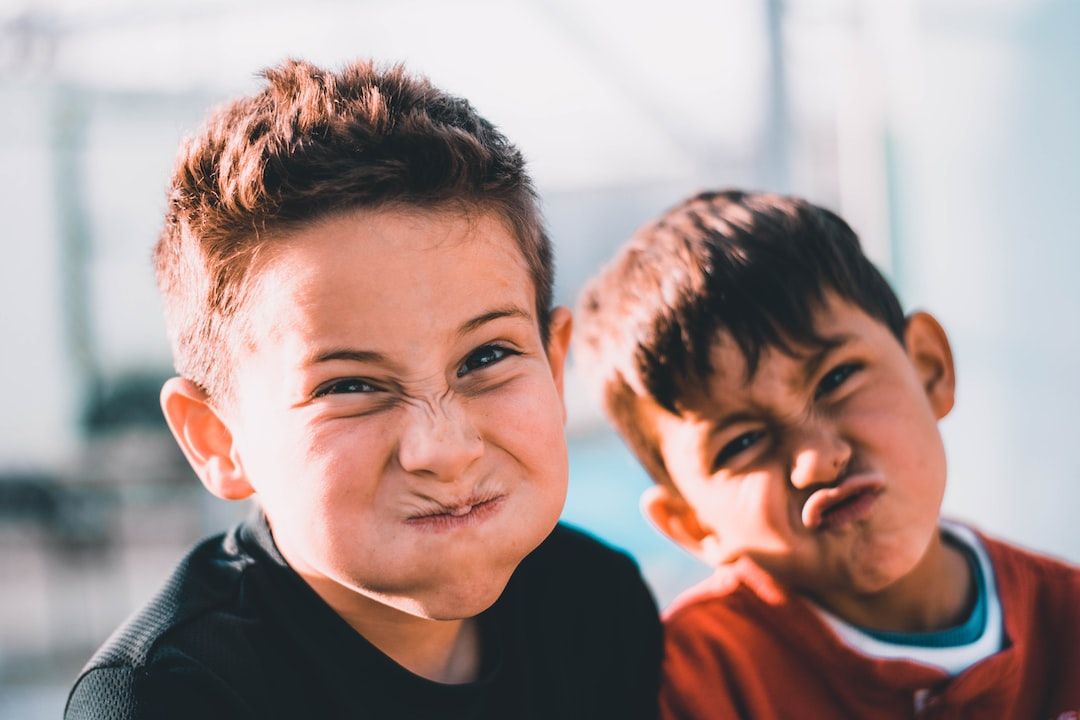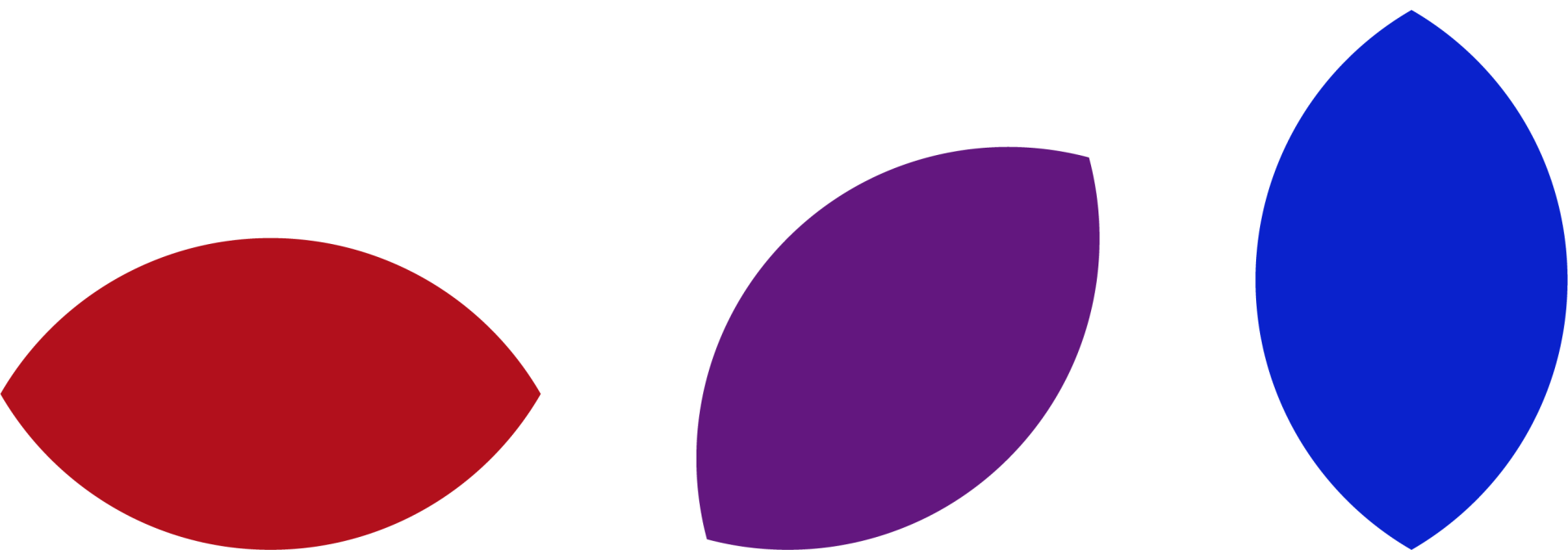The concept of inner child work has largely piqued our general interest in recent years. You’ve likely seen conversations regarding inner child work discussed frequently on social media accounts, in entertainment media, and especially in psychology. If you’ve been thinking about taking the first step in healing, you probably want to ensure the methods you’re pursuing are the real deal. So, is inner child work evidence-based? In short, absolutely.
The concept of the inner child may be new to your perception, but it has actually been around in the Psychology field since the Carl Jung era. Psychologist Jung (1875-1961) coined the term in his divine child archetype. His work focused on uncovering, processing, and healing childhood trauma. Since then, other popular and well-renowned Psychologists and Psychiatrists have researched this concept and have adapted psychotherapy theories and interventions to help us heal our inner children.
If inner child work interests you, continue reading to learn the history and current interventions designed to help us all heal our inner children and live a more fulfilling, balanced life.
The concept of the inner child may be new to your perception, but it has actually been around in the Psychology field since the Carl Jung era. Psychologist Jung (1875-1961) coined the term in his divine child archetype. His work focused on uncovering, processing, and healing childhood trauma. Since then, other popular and well-renowned Psychologists and Psychiatrists have researched this concept and have adapted psychotherapy theories and interventions to help us heal our inner children.
If inner child work interests you, continue reading to learn the history and current interventions designed to help us all heal our inner children and live a more fulfilling, balanced life.

The History of the Inner Child
As mentioned above, in the Psychology field, Carl Jung is credited with introducing the inner child. He defines the inner child as “an individual’s childlike aspect.” Jungian Psychology describes the inner child as “a semi-independent subpersonality subordinate to the waking conscious mind.” In simpler terms, our inner child represents us as a child. We can have many inner children living within us from different stages of our childhood.
The idea behind the concept of the inner child is that as children, when we are faced with traumatic experiences, abuse, or neglect, our child brain is unable to process these big and scary emotions. Since we cannot process them, our bodies suppress these emotions and store them away in a deep, secure place. When this occurs, it’s referred to as the wounded inner child. Those emotions continue to stay suppressed and cause adverse psychological effects until we do the work to uncover, process, and heal them. Inner child work aims to do just that.
As mentioned above, in the Psychology field, Carl Jung is credited with introducing the inner child. He defines the inner child as “an individual’s childlike aspect.” Jungian Psychology describes the inner child as “a semi-independent subpersonality subordinate to the waking conscious mind.” In simpler terms, our inner child represents us as a child. We can have many inner children living within us from different stages of our childhood.
The idea behind the concept of the inner child is that as children, when we are faced with traumatic experiences, abuse, or neglect, our child brain is unable to process these big and scary emotions. Since we cannot process them, our bodies suppress these emotions and store them away in a deep, secure place. When this occurs, it’s referred to as the wounded inner child. Those emotions continue to stay suppressed and cause adverse psychological effects until we do the work to uncover, process, and heal them. Inner child work aims to do just that.

Evidence-Based Inner Child Treatments
Now that we know the foundations of the inner child are evidence-based let’s talk about healing those inner children. First and foremost, healing your inner child involves increasing self-awareness, forming a connection with your inner child, and allowing yourself to feel the emotions you repressed as a child. Sometimes inner child work involves re-parenting yourself, which is defined as treating yourself with the love, compassion, and patience you lacked as a child. Multiple evidence-based therapeutic interventions can be applied to inner child healing, so let’s get into it.
Cognitive Behavioral Therapy
If you’ve ever looked into mental health counseling before, you’ve probably heard of Cognitive Behavioral Therapy, also known as CBT. It’s the most popular and most researched therapeutic intervention. CBT focuses on identifying automatic thoughts, challenging them, and replacing them with healthier, more positive thoughts. These automatic thoughts are constructed in our childhood and dictate our mindset until they’re evaluated.
If you’ve ever looked into mental health counseling before, you’ve probably heard of Cognitive Behavioral Therapy, also known as CBT. It’s the most popular and most researched therapeutic intervention. CBT focuses on identifying automatic thoughts, challenging them, and replacing them with healthier, more positive thoughts. These automatic thoughts are constructed in our childhood and dictate our mindset until they’re evaluated.
To apply this to inner child healing, understand that automatic thoughts are linked to our core beliefs that stemmed in childhood. CBT helps us identify our negative core beliefs (our wounded inner child) and replace those core beliefs with more positive, healthier beliefs. Try to become more aware of your automatic thought patterns to start practicing. Once you become aware of them, you can use them to identify your negative core beliefs that stemmed from your childhood. Begin challenging those core beliefs by figuring out where or who they came from, and then replace them with healthier thoughts.

Creative Art Therapy
Implementing creative art therapies is one great way to get in touch with and heal your inner child. Creative art therapies such as coloring, playing, drawing, dancing, etc., connect us with our inner child. After all, our inner child is a *child*, so partaking in child-like activities will strengthen your connection to them.
Acceptance and Commitment Therapy
Acceptance and commitment therapy (ACT) is about accepting ourselves and making commitments to create healthier habits and choices. To apply this to healing the inner child, you must fully accept your current self and your inner child precisely as they are. This reinforces the belief that there is nothing wrong with your inner child and helps you become more connected with them.
The concept of the inner child has existed for quite some time, and because of that, the psychology field has developed interventions and techniques to help us connect with them and heal them. If you’ve been worried that inner child healing isn’t evidence-based, we hope this read has made you certain it is. When you’re ready, start your inner child healing journey - you won’t regret it.
Implementing creative art therapies is one great way to get in touch with and heal your inner child. Creative art therapies such as coloring, playing, drawing, dancing, etc., connect us with our inner child. After all, our inner child is a *child*, so partaking in child-like activities will strengthen your connection to them.
Acceptance and Commitment Therapy
Acceptance and commitment therapy (ACT) is about accepting ourselves and making commitments to create healthier habits and choices. To apply this to healing the inner child, you must fully accept your current self and your inner child precisely as they are. This reinforces the belief that there is nothing wrong with your inner child and helps you become more connected with them.
The concept of the inner child has existed for quite some time, and because of that, the psychology field has developed interventions and techniques to help us connect with them and heal them. If you’ve been worried that inner child healing isn’t evidence-based, we hope this read has made you certain it is. When you’re ready, start your inner child healing journey - you won’t regret it.

